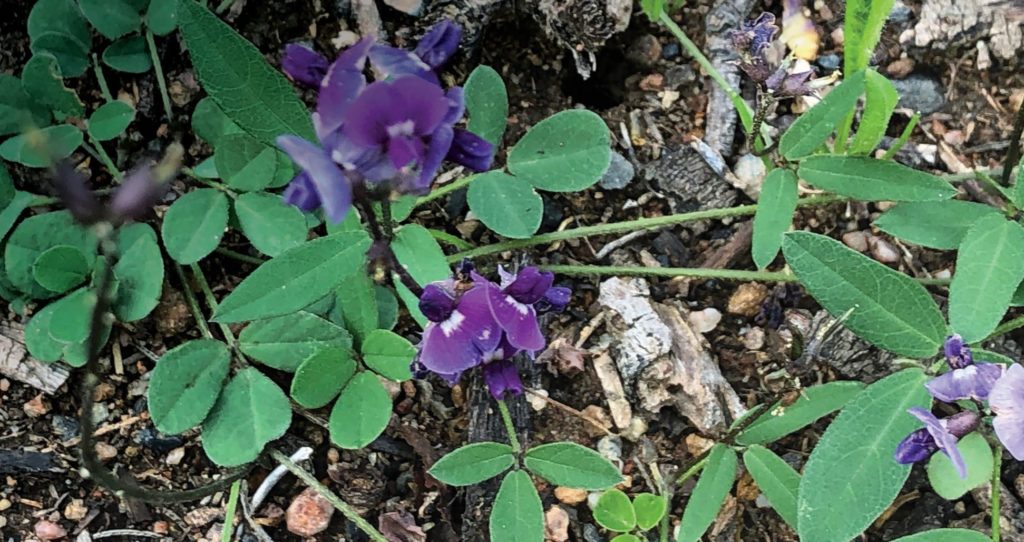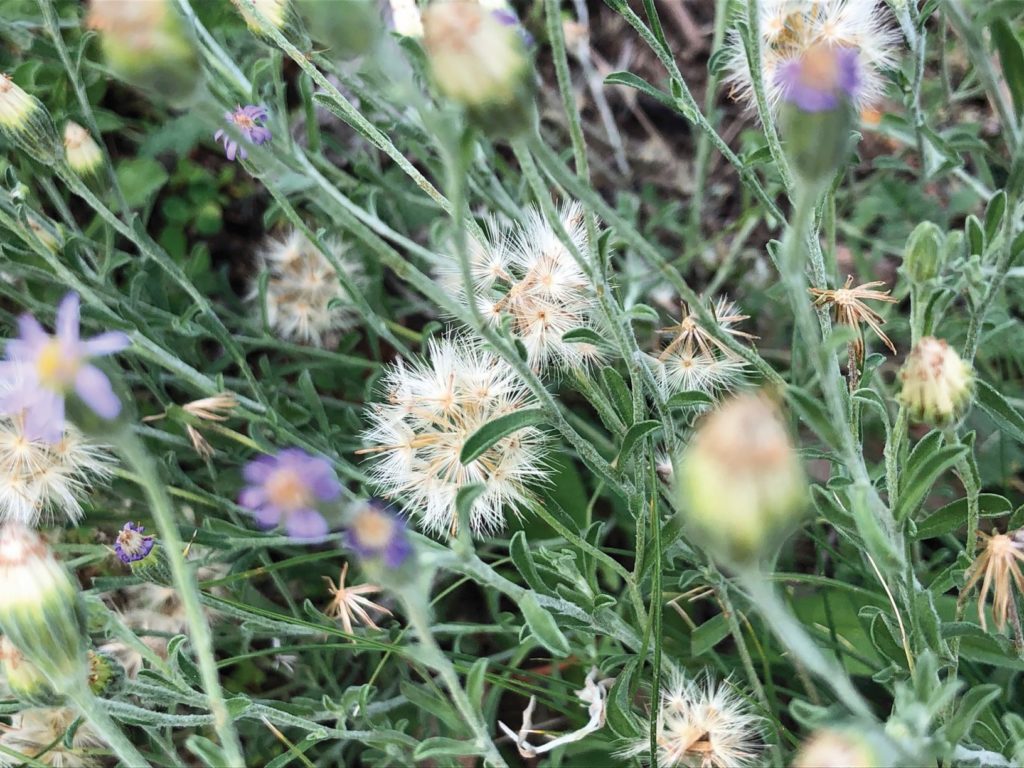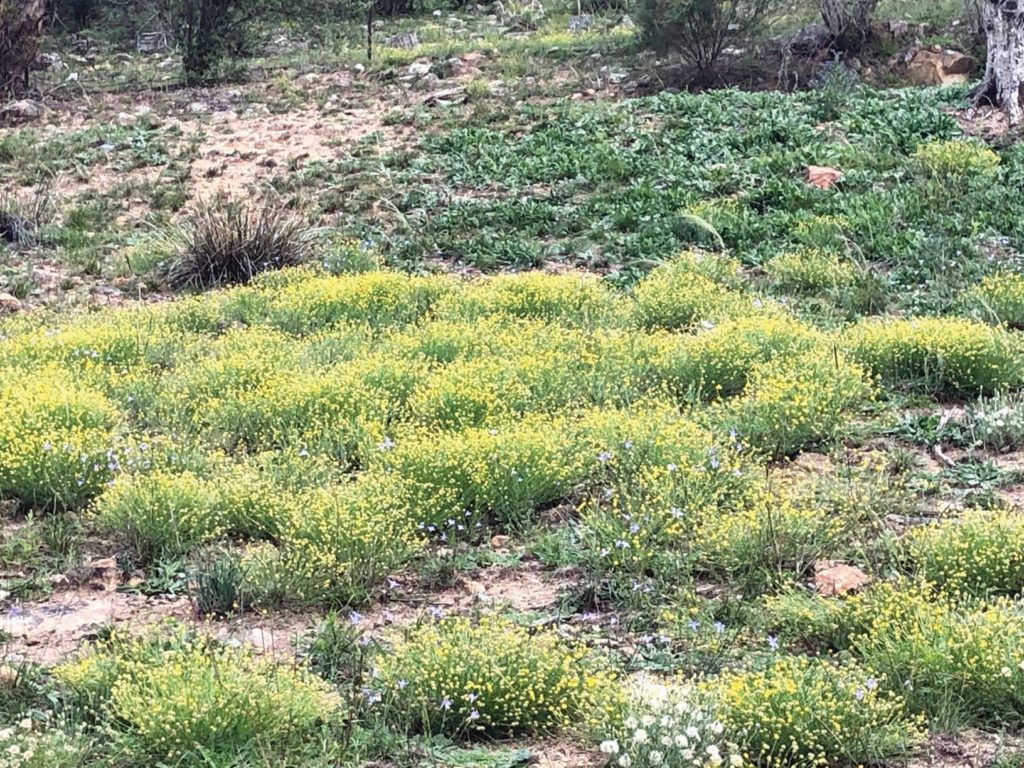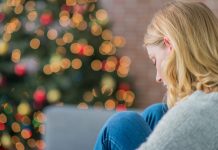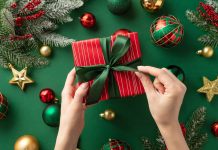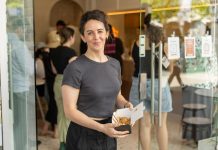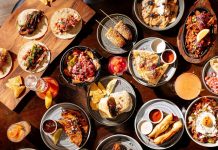Autumn is one of the best times to explore your local nature reserves, get some fresh air and exercise, and enjoy the seasonal flowers.
Flowers of The ACT & Region by Don and Betty Wood (2005) is an excellent field guide for identifying local flowering plants. The following are some of the many delightful forbs (herbaceous flowering plants other than grass) in flower now:
Calotis lappulacea, known as Yellow burr-daisy, produces masses of bright yellow, globular flowers for many months of the year, followed by round burr-like seed heads that turn brown when ripe.
Vittadinia muelleri, known as Mueller’s fuzzweed, is a common and widespread plant to around 15cm, occurring in open forests, woodlands and grasslands. Purple daisy-like flowers with yellow centres occur mostly in spring and with spot flowering in autumn after rain. This is followed by distinct fluffy seed heads.
Glycine tabacina, known as Variable glycine, is a scrambling plant from the legume family.The leaves are in threes and with purple flowers appearing in milder weather. Seed pods around 3cm long, form soon thereafter.
One to read: Dancing with Bees
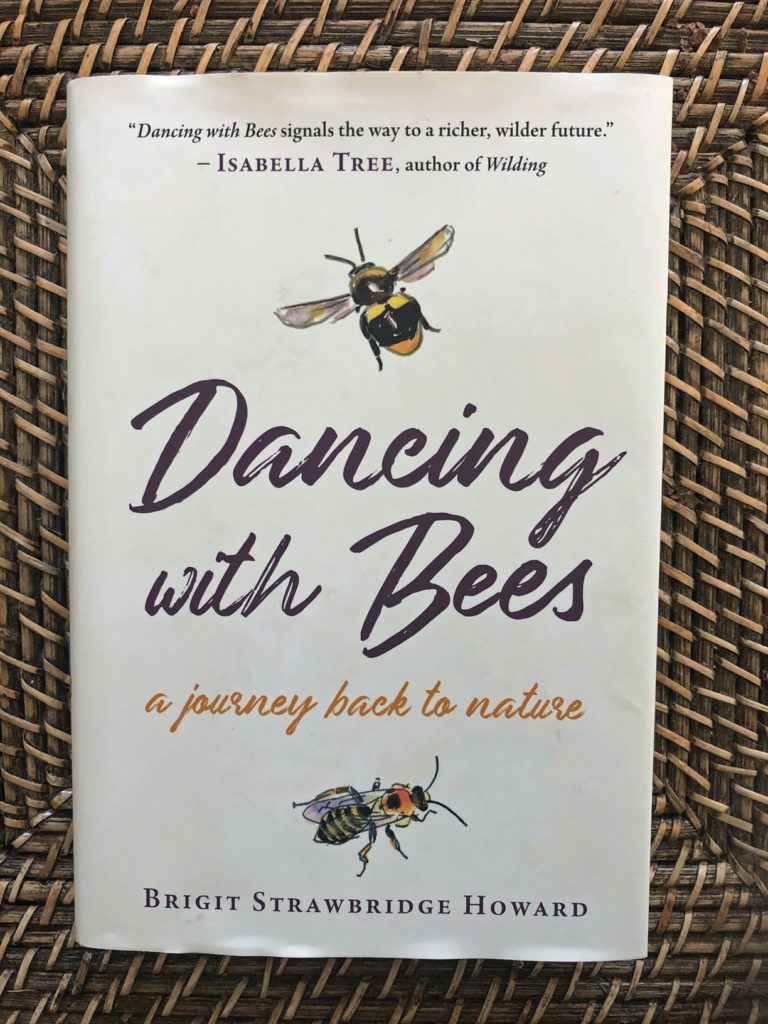
In Dancing with Bees: A Journey Back to Nature, author Brigit Strawbridge Howard shares her relatively recent adventures where she reconnects with the natural world and wonders how she has been oblivious to its magic for so long!
Changing life circumstances has her exploring local trails in her neighbourhood in the UK, inspiring an ever-growing passion and respect for everything nature, especially native bees.
In this exciting and personal journey, readers learn about the fascinating life cycles of some of the UK’s most precious and interesting pollinators, including both solitary and communal species. Strawbridge Howard explains their breeding, nesting and foraging habits, identifying features, and ways we can support their survival. Plants and landscapes favoured by these bees are an intrinsic feature of this book; so beautifully are they described you can easily imagine being there.
Included throughout are delicate hand drawings, full of detail. There is also a handy selected bibliography and index for further information and easy referencing.
The following are some of the many interesting facts you will learn about pollinators in the book:
- There are at least 20 thousand species of bees (mostly solitary), including the honeybee.
- One of the significant differences between bees and wasps is that bees feed their larvae a vegetarian diet of pollen and nectar, whereas wasps feed theirs a diet of live or dead prey.
- Honeybees compete with native bees for food and habitat – be mindful of honeybee hives in your neighbourhood, and also the amount of food around, before considering introducing a hive into your backyard.
- Honeybees have the ability to store honey and pollen for lean times whereas solitary bees do not, so when food is scarce or conditions unfavourable, they perish.
- Many hoverfly species have evolved to mimic appearance and behaviour of more intimidating pollinators, to avoid being seen as easy prey by predators such as birds.
- Although the causes of the devastating Colony Collapse Disorder (CCD) are yet to be discovered, there are four underlying factors contributing to the condition, including: parasites, pest and disease pathogens, poor nutrients/food availability, and pesticides.
More gardening articles:

